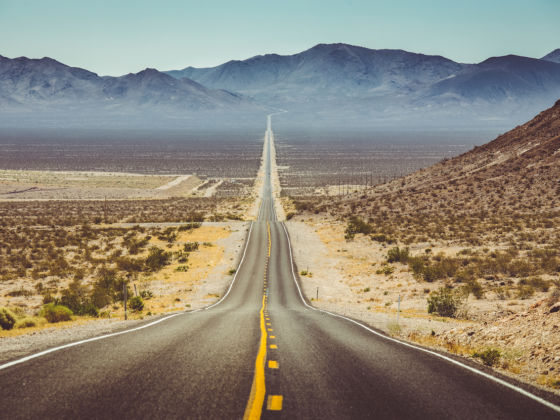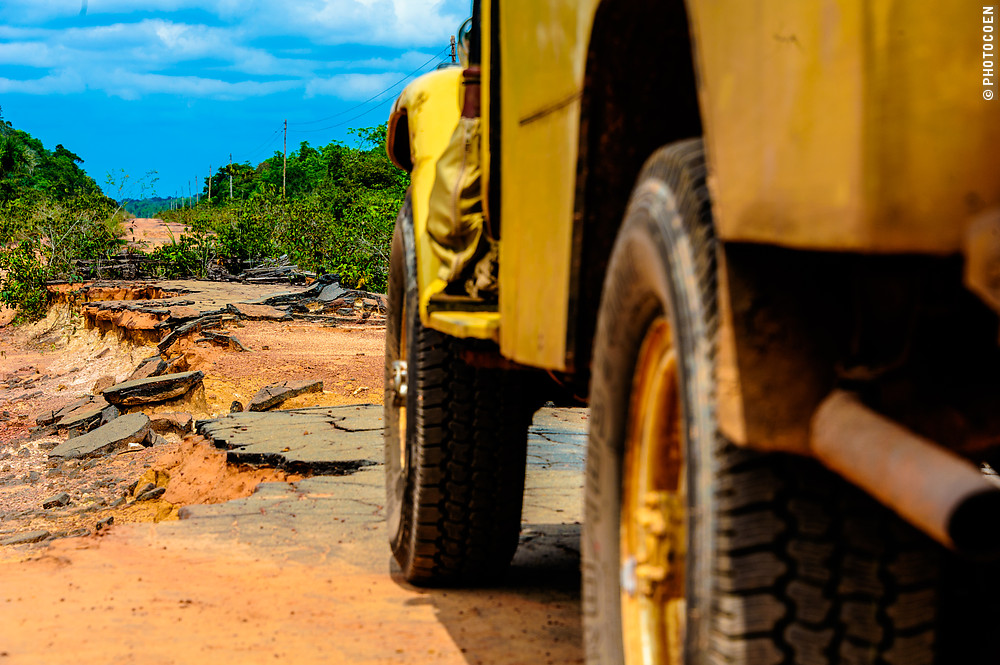If you want a bit of adventure, and to actually experience South American culture and landscape rather than just pass through it, take the first turnoff and hit the countryside. The following routes are among some of the journeys you’ll want to put on your South American road trip bucket list.
Editor’s note: These spots are all taken directly from travelstoke®, a new app from Matador that connects you with fellow travelers and locals, and helps you build trip itineraries with spots that integrate seamlessly into Google Maps and Uber. Download the app to add any of the spots below directly to your future trips.

